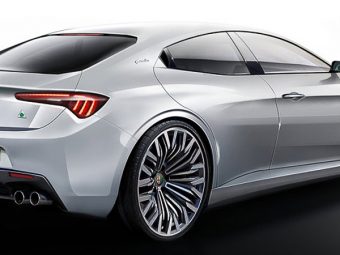Automotive industry analysts have forecasted a potential halving of global petrol demand growth in 2024, a development that could exert pressure on refinery margins in the latter half of the year. This projection stems from several factors, including a notable shift towards electric vehicles in both China and the United States, as well as a return to pre-pandemic consumption levels following the surge experienced last year in the wake of COVID-19.
Analysts predict this year is anticipated to witness the slowest growth in petrol demand since 2020, with an estimated increase of 340,000 barrels per day (bpd), bringing the total to 26.5 million bpd. This figure represents a significant decline from the growth of 700,000 bpd observed last year. Contributing to this deceleration is China’s approach to reaching its peak transport fuel demand, alongside the United States, which has already surpassed this threshold.
Analysts project that global gasoline demand will reach approximately 26 million barrels per day (bpd) in 2024, marking an increase of roughly 300,000 bpd from the growth of about 700,000 bpd observed in 2023.
This uptick is fueled by a surge in consumption following the pandemic-induced economic rebound. Notably, China, once a prominent driver of gasoline demand worldwide, is anticipated to contribute to over half of all electric vehicle (EV) sales this year.
Gasoline consumption in China, the world’s largest crude importer, is forecasted to expand by approximately 1.3%, equivalent to around 2 million tons, reaching a total of 165.1 million metric tons (3.8 million bpd) in 2024, according to industry analysts in China.
Similarly, the research arm of Sinopec, China’s largest refiner, anticipates a 1.7% rise in gasoline demand, equating to about 3 million tons, with a total of 182 million tons projected for the year.
As the prices of gasoline decline, demand for electric cars is expected to surge, particularly in China, where electric vehicles could comprise 45% of total car sales this year. In Europe and the United States, the share of electric cars sold is estimated to reach approximately 25% and more than 11%, respectively, as indicated by the IEA.
Conversely, in regions such as India and Indonesia, burgeoning car sales, coupled with robust economic growth and relatively low electric vehicle penetration, are propelling gasoline demand. India, for instance, is anticipated to witness record petrol consumption, reaching 39.2 million tons (908,000 bpd) in the fiscal year ending March 2025, up approximately 5% from the previous year.
In contrast, U.S. gasoline consumption experienced a decline, reaching approximately 376 million gallons per day (8.94 million bpd) in 2023, following a record high of 392 million gallons in 2018, according to research from the U.S. Energy Information Administration.








